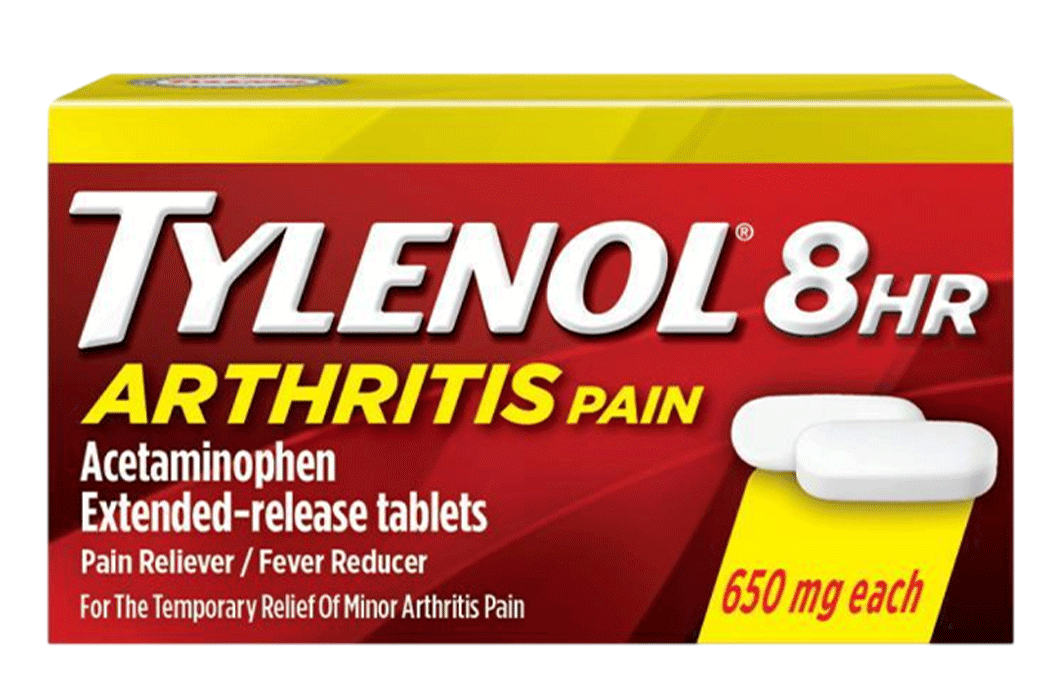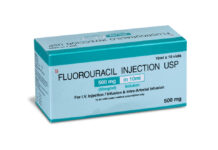Arthritis pain tablets typically include a variety of medications aimed at relieving pain and reducing inflammation associated with arthritis. Here are some common types of tablets used for arthritis pain: Arthritis Pain Tablet Uses Benefits and Symptoms Side Effects

1. Nonsteroidal Anti-Inflammatory Drugs (NSAIDs):
- Examples: Ibuprofen (Advil, Motrin), Naproxen (Aleve), Celecoxib (Celebrex)
- Mechanism of Action: NSAIDs reduce pain and inflammation by inhibiting the production of prostaglandins. They are commonly used for arthritis pain relief.
2. Acetaminophen:
- Example: Tylenol
- Mechanism of Action: Acetaminophen is an analgesic (pain reliever) and antipyretic (fever reducer). It is often used for mild to moderate arthritis pain. Unlike NSAIDs, acetaminophen has minimal anti-inflammatory effects.
3. Opioids:
- Examples: Tramadol, Codeine, Oxycodone
- Mechanism of Action: Opioids are potent pain relievers that work by binding to opioid receptors in the brain and spinal cord. They are typically reserved for severe pain when other medications are not effective.
4. Disease-Modifying Antirheumatic Drugs (DMARDs):
- Examples: Methotrexate, Hydroxychloroquine
- Mechanism of Action: DMARDs not only reduce inflammation but also slow down the progression of arthritis. They are often used for rheumatoid arthritis and other autoimmune forms of the condition.
5. Corticosteroids:
- Examples: Prednisone, Prednisolone
- Mechanism of Action: Corticosteroids are powerful anti-inflammatory medications that can be used for short-term relief of severe arthritis pain, especially during flare-ups.
6. Biologics:
- Examples: Adalimumab (Humira), Etanercept (Enbrel), Infliximab (Remicade)
- Mechanism of Action: Biologics target specific components of the immune system to reduce inflammation and pain in certain types of arthritis, particularly autoimmune forms.
7. Topical NSAIDs:
- Examples: Diclofenac gel, Methyl salicylate cream
- Mechanism of Action: Topical NSAIDs are applied directly to the skin over the affected joint, providing localized pain relief with less systemic absorption compared to oral NSAIDs.
It’s essential for individuals with arthritis to work closely with their healthcare providers to develop a treatment plan tailored to their specific condition and needs. Medications are often part of a comprehensive approach that may also include lifestyle changes, physical therapy, and other therapies to manage arthritis pain effectively. Always follow the prescribed dosage and instructions, and promptly report any side effects or concerns to your healthcare professional.
Arthritis Pain Tablet Uses Benefits and Symptoms Side Effects pain reliever Arthritis fever medicine Arthritis pain reliever Arthritis fever medicine Arthritis tylenol Pain Tablet Uses Benefits and Symptoms Side Effects tylenol Pain Tablet Uses Benefits and Symptoms Side Effects headache tablet tylenol and Arthritis headache tablet tylenol and Arthritis








[…] increase sensitivity to sunlight, making the skin more prone to sunburn. It is advisable to use sun protection measures while using such […]
[…] with Other Medications: It’s important to consider potential interactions with other medications the individual may […]
[…] of the Product: The safety and efficacy of Ayurslim capsules depend on the quality and authenticity of the product. It’s crucial to purchase such supplements from reputable and trustworthy […]
Comments are closed.